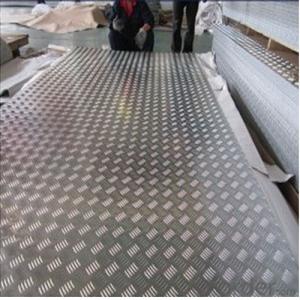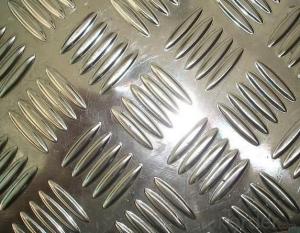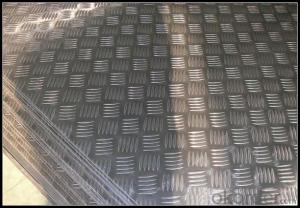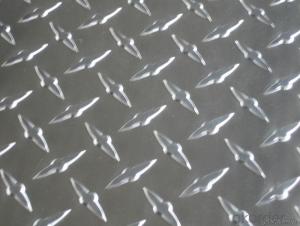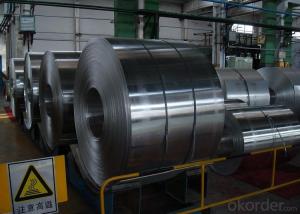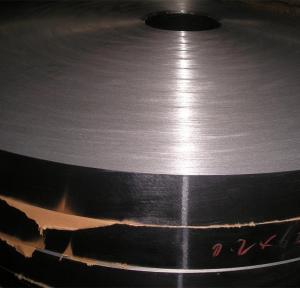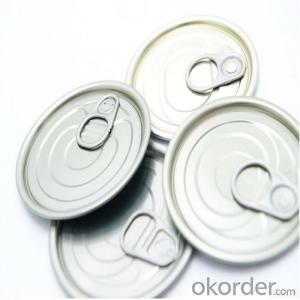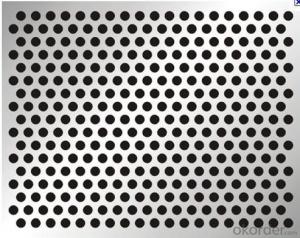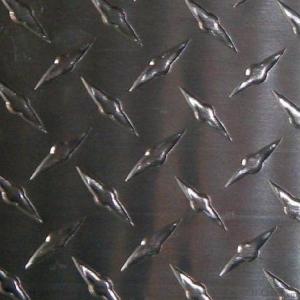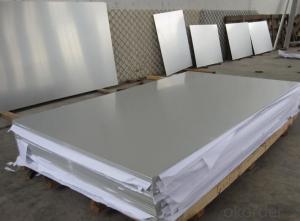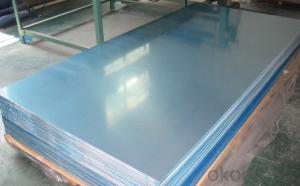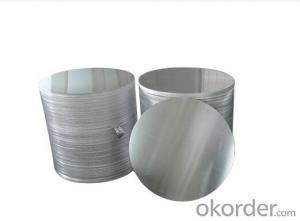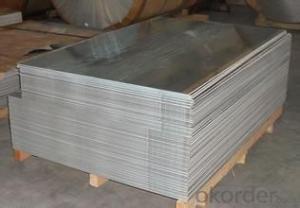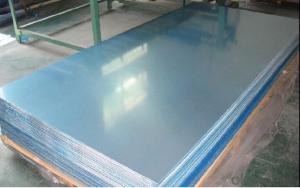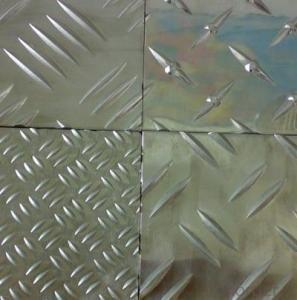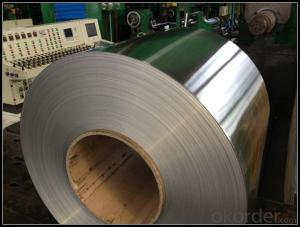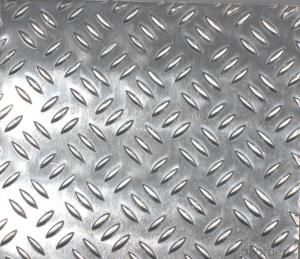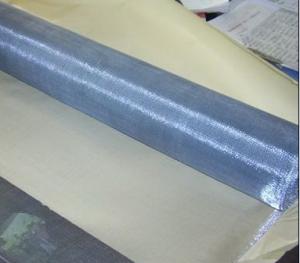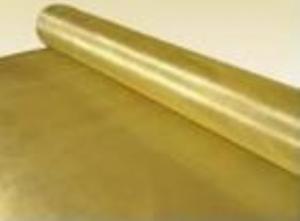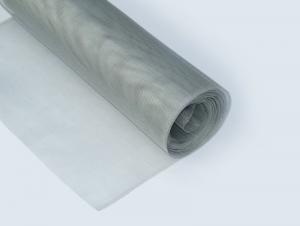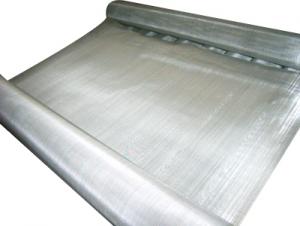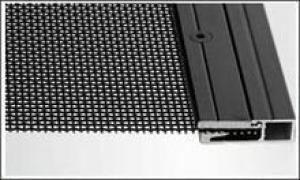Buy Aluminum Diamond Plate
Buy Aluminum Diamond Plate Related Searches
Buy Aluminum Plate Aluminum Diamond Plate For Sale Aluminum Plate Buy Cheap Aluminum Diamond Plate Aluminum Diamond Plate Prices Polished Aluminum Diamond Plate Aluminum Diamond Plate Suppliers Aluminum Diamond Plate Cost Aluminum Diamond Deck Plate Aluminum Diamond Plate Panels Wholesale Aluminum Diamond Plate Aluminum Black Diamond Plate Aluminum Diamond Plate Nearby White Aluminum Diamond Plate Aluminum Diamond Plate Near Me Colored Aluminum Diamond Plate Buy Aluminum Plate Online Aluminum Sheet Diamond Plate Aluminum Diamond Plate Strips Aluminum Diamond Plate Roll Welding Aluminum Diamond Plate Diamond Plate Aluminum Near Me Anodized Aluminum Diamond Plate Cosmetic Aluminum Diamond Plate Aluminum Diamond Plate Cooler Aluminum Diamond Plate Polish Diamond Plate Aluminum Polish Fake Aluminum Diamond Plate Aluminum Dimond Plate Buy Aluminum Plate Near MeBuy Aluminum Diamond Plate Supplier & Manufacturer from China
Buy Aluminum Diamond Plate encompasses a variety of aluminum products with a diamond plate pattern, which are known for their durability, corrosion resistance, and aesthetic appeal. These plates are commonly used in various industries, such as construction, automotive, and aerospace, due to their strength and lightweight properties. They are also popular for applications requiring non-slip surfaces, such as flooring, ramps, and walkways, as well as for decorative purposes in interior design and architectural projects.The usage scenarios for Buy Aluminum Diamond Plate are vast, making it a versatile choice for a multitude of projects. It can be used as a material for manufacturing components in the automotive industry, such as car parts and body panels, where its lightweight and strong properties are highly beneficial. In construction, it serves as a robust and slip-resistant flooring option, enhancing safety in industrial settings. Additionally, its decorative appeal makes it a popular choice for modern interior design, where it can be used for wall cladding, backsplashes, and accent pieces.
Okorder.com is a reputable wholesale supplier of Buy Aluminum Diamond Plate, boasting a large inventory that caters to the diverse needs of various industries. With a commitment to quality and customer satisfaction, Okorder.com ensures that the products they offer meet the highest standards. Their extensive inventory allows customers to find the specific aluminum diamond plate products they require, whether for functional or decorative purposes, and at competitive prices.
Hot Products



